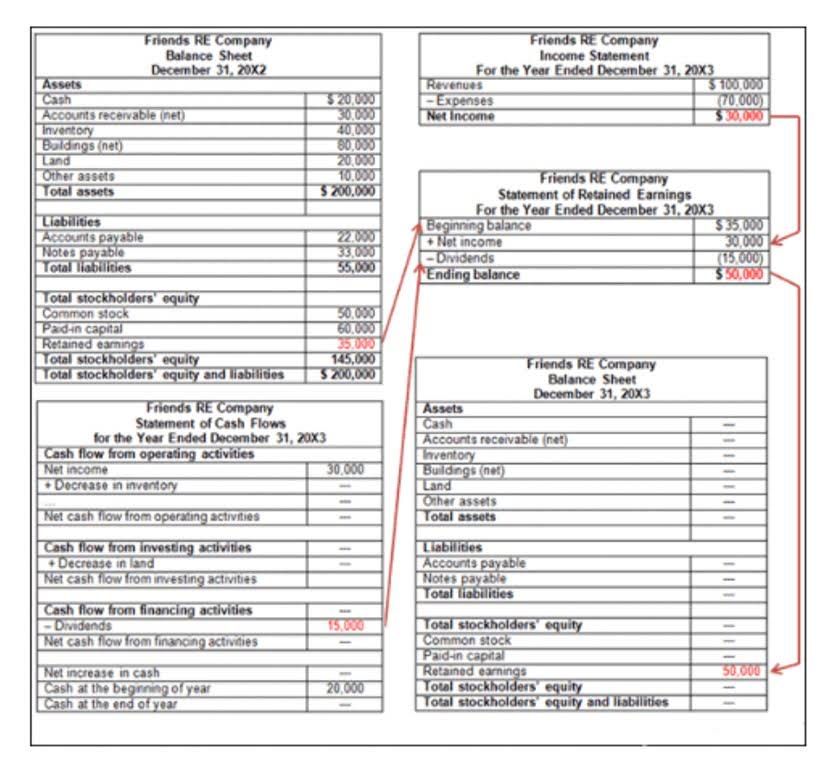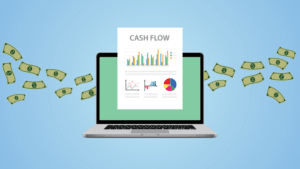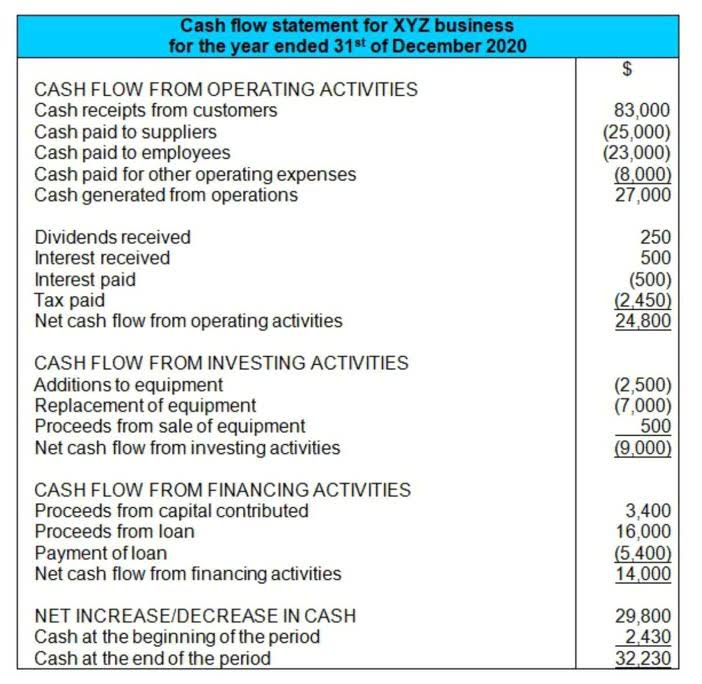For example, the finance team purchases printer ink, folders, and whiteboard markers from a local supplier. Until the payment is processed, the unpaid amount is called a trade payable. In this blog, we’ll break down what trade payables mean in accounting, how they’re recorded, and why they matter. With simple examples and best practices, you’ll walk away knowing exactly how to track, manage, and optimize trade payables in your business.
What is the difference between creditors and trade payables?
Another entry on June 30 shows interest paid during that duration to prepare company A’s semi-annual financial statement. Review supporting documents – Check each entry against its related invoice, purchase order, and delivery note to ensure a complete audit trail. Risk of Missed PaymentsManual tracking can lead to overdue invoices, late fees, or damaged supplier relationships. See why progress invoicing and receiving partial payments is highly beneficial. Typically due within 30–60 days; interest-free, with potential early payment discounts.
Double Entry Bookkeeping
In this case the note payable is issued to replace an amount due to a supplier currently shown as accounts payable, so no cash is involved. In your notes payable account, the record typically specifies the principal amount, due date, and interest. Because the liability no longer exists once the loan is paid off, the note payable is removed as an outstanding debt from the balance sheet. Notes payable are loans a business borrows, listed as liabilities on the balance sheet with specified repayment terms.
Watch a demo video and see why businesses that use Ramp save an average of 5% a year. For the past 52 years, Harold Averkamp (CPA, MBA) hasworked as an accounting supervisor, manager, consultant, university instructor, and innovator in teaching accounting online. For the past 52 years, Harold Averkamp (CPA, MBA) has worked as an accounting supervisor, manager, consultant, university instructor, and innovator in teaching accounting online. Double Entry Bookkeeping is here to provide you with free online information to help you learn and understand bookkeeping and introductory accounting.
Instead, the interest expense will be calculated for an exact period until the loan was paid. When the company pays its balance due to suppliers, it debits accounts payable and credits cash for $10 million. Notes payable can be referred to a short-term liability (lt;1 year) or a long-term liability (1+ year) depending on the loan’s due date.
They would be classified under long-term liabilities in the balance sheet if the note’s maturity is after a year. If your company borrows money under a note payable, debit your Cash account for the amount of cash received and credit your Notes Payable account for the liability. At some point or another, you may turn to a lender to borrow funds and need to eventually repay them. Learn all about notes payable in accounting and recording notes payable in your business’s books. The discount on notes payable in above entry represents the cost of obtaining a loan of $100,000 for a period of 3 months. Therefore, it should be charged to expense over the life of the note rather than at the time of obtaining the loan.
Advance Your Accounting and Bookkeeping Career
- With accounts payable, you use the account to record liabilities you owe to vendors (e.g., buy supplies from a vendor on credit).
- Think of trade payables as short-term obligations to your suppliers.
- One thing to be noted for the notes payable is that the interest payable or interest liability has not been recorded in the first entry.
- In corporate finance, notes payable are formal agreements where one party borrows money and agrees to repay it over time, usually with interest.
- You can see the kind of information that is added to the note payable.
A zero-interest-bearing note (also known as non-interest bearing note) is a promissory note on which the interest rate is not explicitly stated. When a zero-interest-bearing note is issued, the lender lends to the borrower an amount less than the face value of the note. At maturity, the borrower repays to lender the amount equal to face vale of the note. Thus, the difference between the face value of the note and the amount lent to the borrower represents the interest charged by the lender. The notes payable are not issued to general public or traded in the market like bonds, shares or other trading securities. They are bilateral agreements between issuing company and a financial institution or a trading partner.
A business will issue a note payable if for example, it wants to obtain a loan from a lender or to extend its payment terms on an overdue account with a supplier. In the first instance the note payable is issued in return for cash, in the second they are issued in return for cancelling an accounts payable balance. In this journal entry, interest expenses is a debit entry, and interest payable is a credit entry, as a portion of it is yet to be paid. The cash account is a credit entry as the amount will decrease, given the pending interest payment.
Payment Gateway
- Some people argue that notes payable can be adjusted under the head of account payables.
- Whether or not the note is classified as a current or long-term liability will depend on its due date.
- In the business world, accounts and notes payable are commonly used for different purposes.
Short-term notes payable are those promissory notes which are due for payment within 12 months from the date of issue. Not recording notes payable properly can affect the accuracy of your financial statements, which is why it’s important to understand this concept. Notes payable always indicates a formal agreement between your company and a financial institution or other lender. The promissory note, which outlines the formal agreement, always states the amount of the loan, the repayment terms, the interest rate, and the date the note is due. In those cases, the company has the option of asking the bank for a short-term loan, or using any other such short-term financial arrangements to avoid insolvency. The major difference between notes payable and long-term debt is that they are essentially two distinct forms of financing.
This post is from Ramp’s contributor network—a group of professionals with deep experience in accounting, finance, strategy, startups, and more.Interested in joining? According to the calculations, the total amount due on May 1st will be the principal amount plus interest payable. Interest expense will need to be entered and paid each quarter for the life of the note, which is two years. Shaun Conrad is a Certified Public Accountant and CPA exam expert with a passion for teaching. After almost a decade of experience in public accounting, he created MyAccountingCourse.com to help people learn accounting & finance, pass the CPA exam, and start their career. Looking for ways to streamline and get clearer insights into your AP and AR?
Again, you use notes payable to record details that specify details of a borrowed amount. With accounts payable, you use the account to record liabilities you owe to vendors (e.g., buy supplies from a vendor on credit). The long term-notes payable are classified as long term-obligations of a company because the loan obtained against them is normally repayable after one year period.
Julius Mansa is a CFO consultant, finance and accounting professor, investor, and U.S. Managing these two liabilities is crucial for businesses to maintain healthy cash flows and ensure timely payments to vendors and lenders. While accounts payable often involve shorter-term debts and less formal agreements, notes payable typically have more extended repayment terms and involve the payment of notes payable meaning interest.
Accounts Payable
Simply subtracting any principal payments already made from the initial loan amount also shows the current note payable balance. Suppose a company needs to borrow $40,000 to purchase standing desks for their staff. To buy new furniture, the company applies for financing directly through the furniture store. The store approves the financing and issues a promissory note with the loan details, like the interest rate and the payment timeline. Once a loan is paid off, the note payable is removed from the balance sheet as the debt is cleared.
You create the note payable and agree to make payments each month along with $100 interest. Notes payable and accounts payable are both liability accounts that deal with borrowed funds. Once you create a note payable and record the details, you must record the loan as a note payable on your balance sheet (which we’ll discuss later).
They are usually issued for buying property, plant, costly equipment and/or obtaining long-term loans from banks or other financial institutions. Understanding this difference helps you track spending more accurately and make better cash flow decisions. While both are recorded under accounts payable on the balance sheet, separating them internally gives better control over vendor-related and non-vendor expenses.












.jpg)
.jpg)